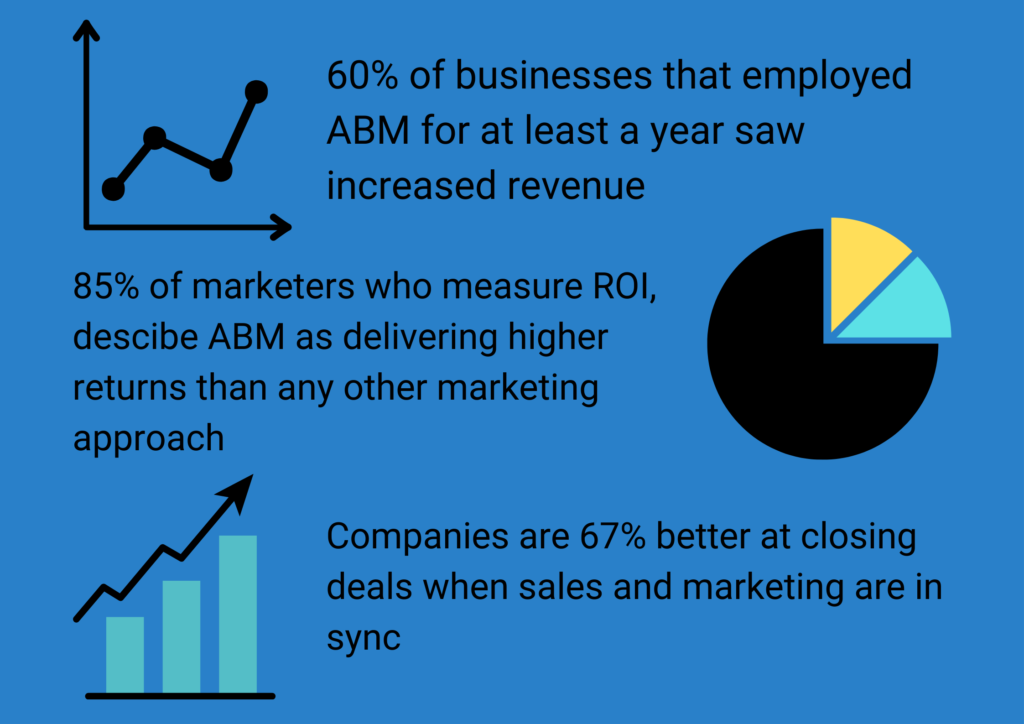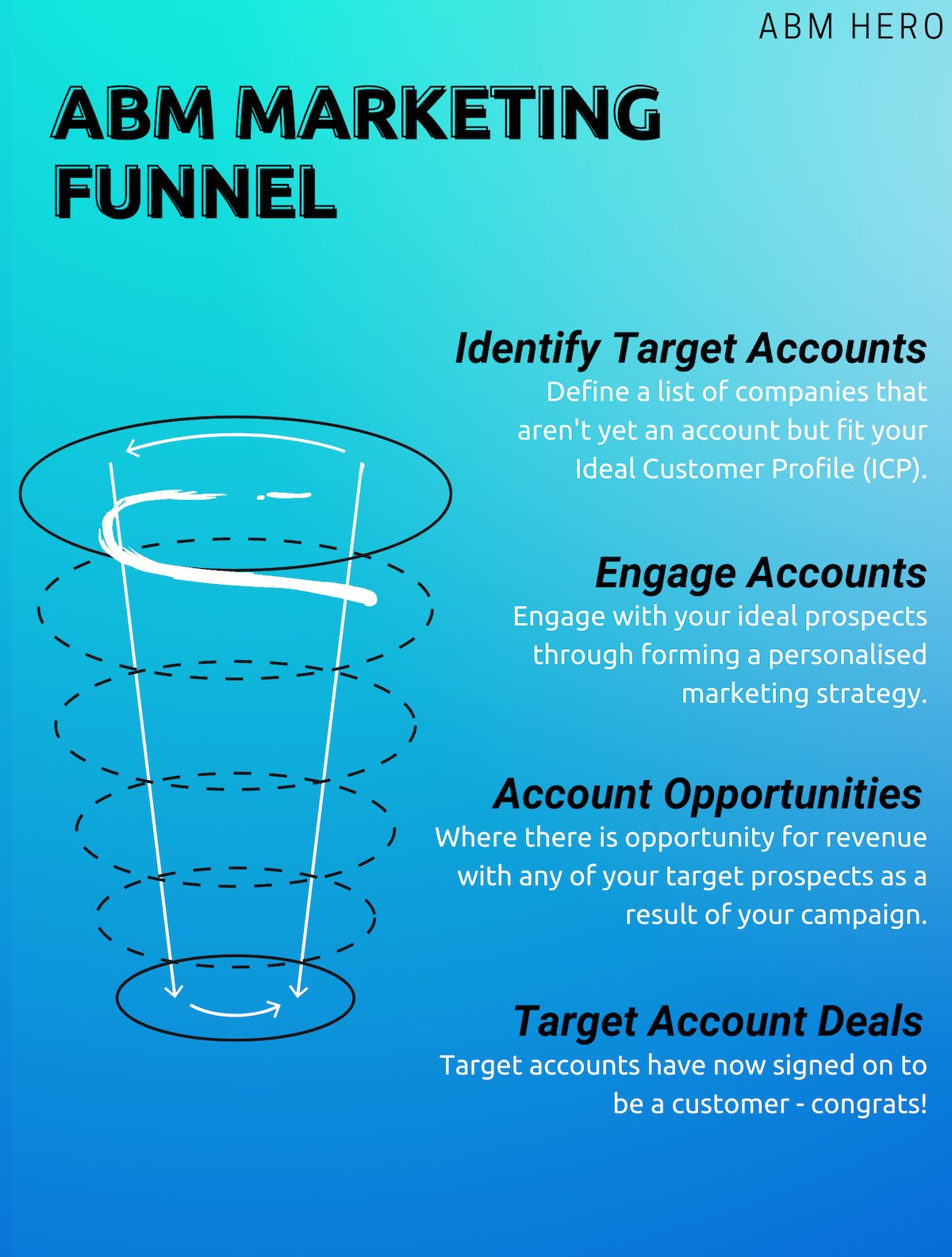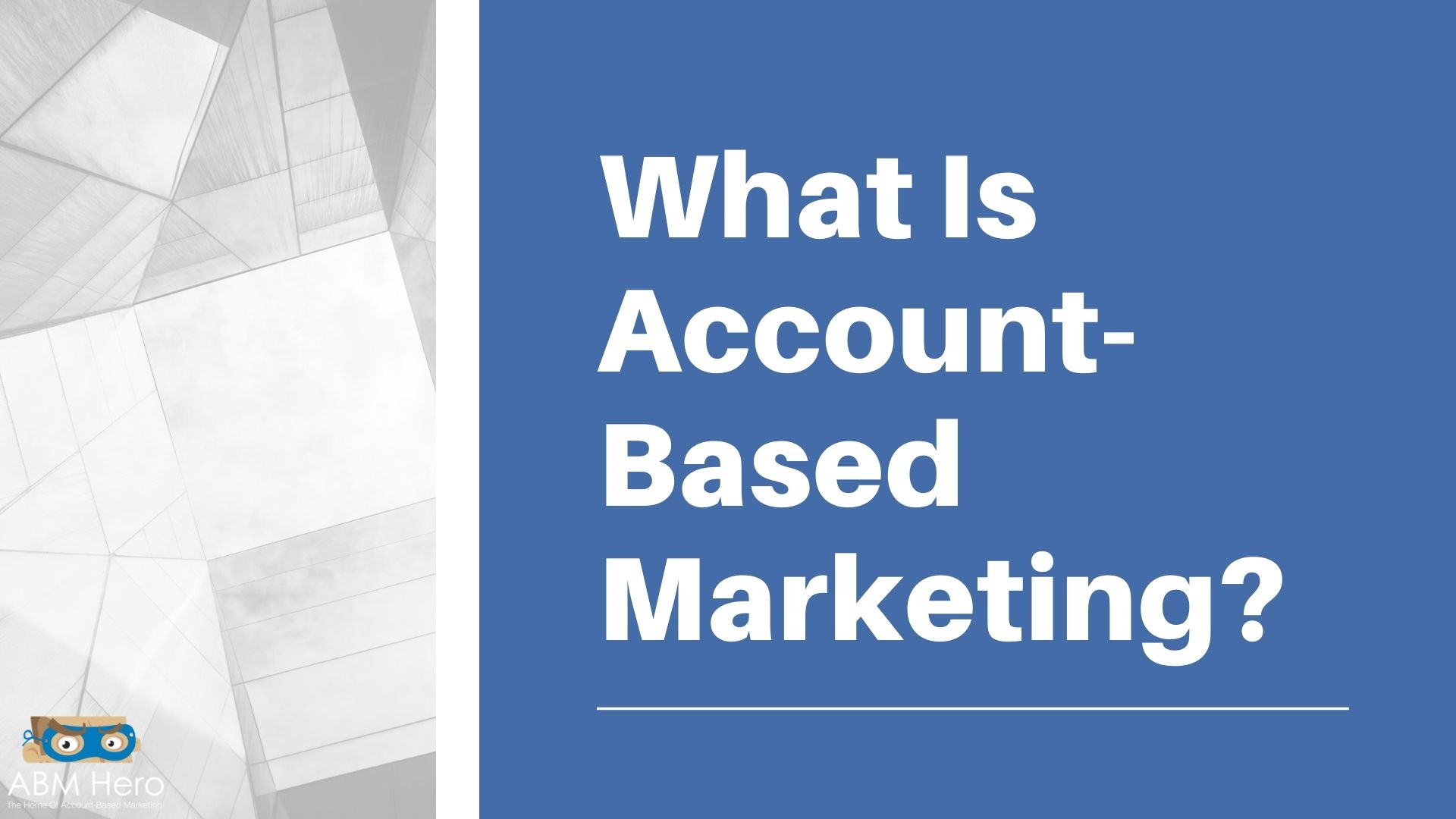Account-based marketing is a strategic way to target a specific list of customers with personalized marketing content. Instead of casting a wide net and hoping to snag a few customers, using a more targeted approach through account-based marketing; personalizing your marketing content, and reaching out to specific customers for products or services is now as easy as pie.
Account-based marketing (ABM) is a form of guerrilla marketing. A marketing strategy in which a company uses surprise or unconventional interactions to promote a product or service. Putting an end to trying to convince a large number of people to buy your product or use your services, you reach out to them using content that you know they’re interested in can help you deliver a message.
Here’s an example on LinkedIn, where users are encouraged to sign up for their new account.
This type of content can be beneficial as it allows you to connect with a specific audience interested in your brand. In place of getting 100,000 visitors on your website, you’ll keep 1,000 visitors away for you already know who they are. When personalizing your content like this, you’re able to retain the focus of your audience and grab their attention when you need them the most.
How to Identify Accounts for Your Campaign
Account-based marketing (ABM) is a strategic approach to marketing that focuses on identifying and targeting key accounts and personalizing the marketing message to that account. ABM can be the most appropriate way to reach your target market and generate more leads and sales.
The first step in building an ABM program is identifying your key accounts. These are the accounts that annotate a large portion of your income or profits. They are also the accounts that serve as the foundation for building relationships with customers.
Consider that identifying your key accounts is a crucial step in developing an effective marketing strategy.
Rest assured ABM will help you build stronger relationships with your key accounts. By targeting these accounts precisely, you can create a personalized relationship that can lead to monetary inflation and better customer loyalty.

5 Effective Ways of ABM Marketing Campaign
Although several strategies can be used for conducting an effective ABM marketing campaign, the following are the main components:
- Personalization: The ability to identify who your customer is and what matters to them so that you can tailor your message and targets.
- Sample Size: The number of samples you serve to each customer from which you can calculate relevance scores. These scores tell you how much each customer is likely to be interested in your product or service.
- Frequency: How often do you send out your samples. Some customers will only want to hear from you occasionally so you may need to send out samples every few months.
- Reciprocal juiciness: How much do your customers like your brand and are likely to recommend it to their friends and family.
- Offerings: The products or services you have to offer. These can be virtual offerings (such as a free e-book) or physical.
How to Measure the Success of Your Account-Based Marketing Strategy
Account-based marketing (ABM) is a strategic approach to business marketing that focuses on specific accounts and customer segments. Unlike traditional mass-marketing methods, ABM tailors a unique marketing strategy for each account to achieve targeted business goals.

There are several benefits of ABM for businesses. First, ABM allows you to target your most valuable customers and prospects. By drilling down to specific accounts and customer segments, you can create custom marketing strategies that are more relevant and effective. ABM also enables you to track and measure results more accurately, allowing you to fine-tune your campaigns for even better results. Overall, ABM provides a more efficient and effective way to market your most important prospects.
What are the Challenges of Account-Based Marketing?
Account-based marketing (ABM) is a strategic approach to selling that focuses on individual accounts and specific stakeholders within those accounts. Companies can create a more personalized experience for their customers which can lead to more closed deals and increased revenue. There are some challenges that businesses must overcome to implement an ABM strategy. The first challenge is identifying which accounts to focus on. Not all accounts are equal, and not all are worth the investment of time and resources required for an ABM campaign. The second challenge is creating tailored content and messaging for each account. This content must be relevant to the customer’s needs and interests, and it should be delivered in a way that resonates with them.
How to Get Started with Account-Based Marketing?
Account-based marketing (ABM) is a strategic approach to selling that focuses on specific accounts and the needs of those accounts. ABM is not a new concept but it is gaining in popularity as businesses look for ways to increase their sales pipeline and close more deals. Below are the benefits of using ABM:
- Increased sales pipeline – Focusing on a small number of high-value accounts can help you to quickly increase your sales pipeline.
- Increased conversion rates – When you know the needs of your target accounts, you can create tailored sales messages that resonate with them and increase your conversion rates.
- Greater customer loyalty – When you focus on meeting the needs of specific accounts, they become more loyal to your brand.
Examples of account-based marketing in action
Account-based marketing (ABM) is a strategic approach to marketing in which an organization concentrates its marketing efforts on specific key accounts. It is a more targeted way of doing business and involves identifying and targeting key accounts and then personalizing the marketing approach for each account. ABM can benefit your business by helping you to focus your resources on the accounts that are most likely to do business with you.
It can also help you build stronger relationships with your customers, increase sales, and improve your ROI. ABM is a relatively new marketing approach, but it is advancing in popularity. There are a few ways to implement ABM, and there are some tools and technologies that can help you do it effortlessly. Before we get into the hows and whys of ABM, let’s roughly review the process.
How Account-Based Marketing Works
Account-based marketing (ABM) is a form of marketing that allows companies to focus on specific accounts. To put it simply, it is a B2B marketing strategy associated with sales and marketing efforts to send targeted advertising, as well as personalized content and messaging, to high-value accounts.
Here are the steps in building an ABM program:
- Gather data from past campaigns or sales results
- Analyze the data using number-content analysis
- Create a chart or table that illustrates the results
- Focus on performance over time
Remember, building an ABM program is identifying your pockets of potential.
You probably have recognized one or two pockets in your business already; if not, consider looking into future campaigns or sales results to see if you can find any patterns that could indicate which pockets are delivering performance over time.
Once you’ve collected the data and created a plan, you’re ready to get started on your analysis.
Here are some questions to guide your reading:
- What kind of content is driving revenue?
- How does the content perform against your goals?
- What kind of ROI are you seeing?
- How is the content performing against your goals in terms of conversions?
- What type of social media channels are you seeing the content perform on?
Using the data that you collected in step #1, identify the pockets that are delivering performance over time.
Next, compare those results to see if any pockets are delivering below-average performance. Finally, review each pocket to see if there are any additional insights that you can gain from it.





